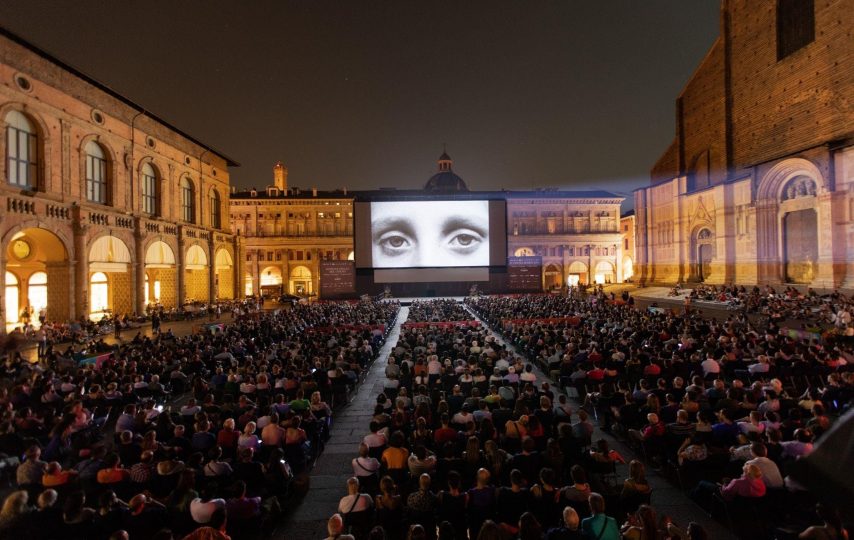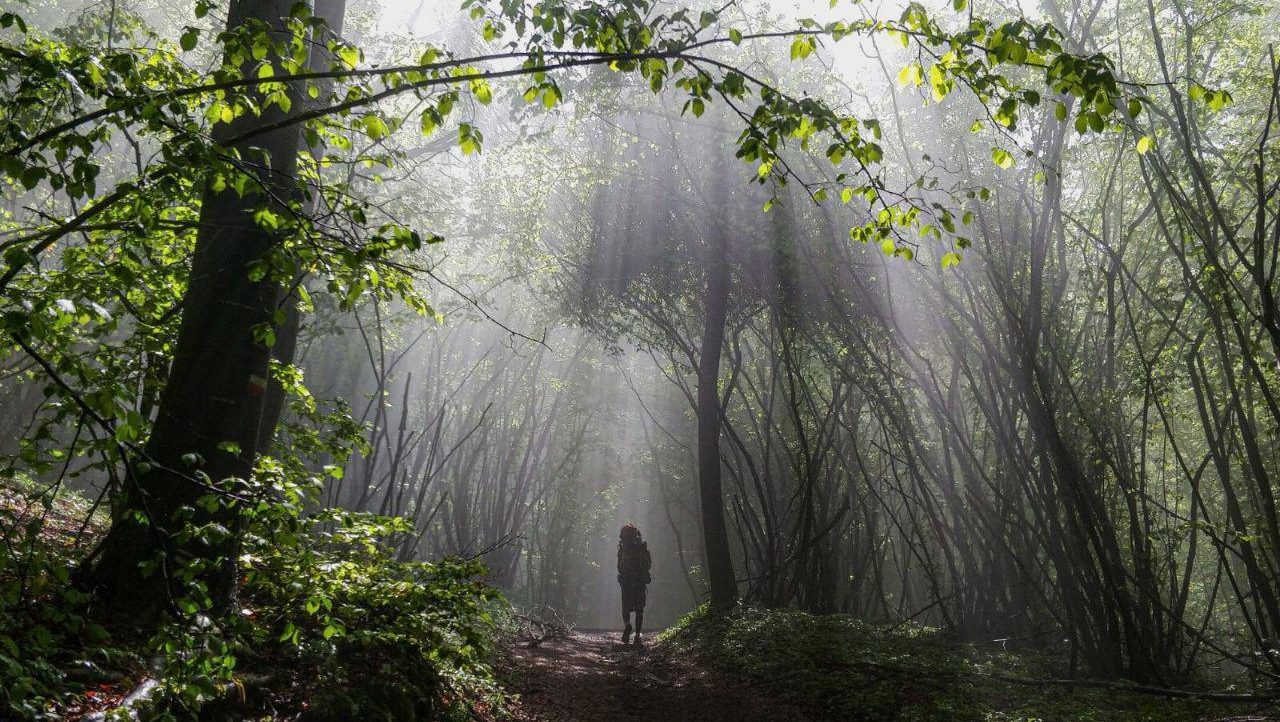WHAT TO DO IN BOLOGNA
The Torre degli Asinelli is one of the city’s symbols, a building with an ancient history and adorned with legends. Reaching its terrace is an experience not to be missed. The exciting panorama that can be enjoyed from the terrace will allow you to appreciate the Basilica of San Petronio in all its majestic figure. The climb to the top is possible thanks to a wooden staircase that has 492 steps, so put on comfortable shoes and get ready for healthy physical activity.
The Lamentation over the Dead Christ is a work full of pathos, worthy expression of the greatest Italian sculptural art. The late is located inside Santa Maria della Vita in via Clavature.
The Quadrilateral is the district that since the Middle Ages has hosted the artisan and commercial activities of the city. The beautiful streets that make it up have retained their ancient appearance. Many old signs stand out unchanged on street corners. Getting lost in these narrow streets with romantic charm is undoubtedly among the things to do in Bologna.
That of the seven secrets is an exciting route that will allow you to visit the city from a different perspective than usual. You will open your eyes to a new and unknown world in which mysteries take shape through statues and symbolic places of Bologna.
Surely one of the most loved habits by the Bolognese, this walk will make you walk the longest porch in the world. It starts from Porta Zaragoza and then reaches the top of the Hill of the Guard and stops to contemplate the beautiful Sanctuary of the Madonna di San Luca. The route is certainly not the easiest but it reserves some pleasant surprises and is certainly a unique experience.
The museum of modern art in Bologna or the MAMbo is a place that contains culture and art. The admirable modern and contemporary collection is among the most important in Italy, in fact it has been the most frequented museum in recent years. This is also thanks to the numerous temporary exhibitions that bring internationally renowned artists to the city.
As in many cities of Europe, a Jewish ghettowas also established here. Its dark and narrow alleys have not undergone major changes and today return a surreal image. Just say the name of the main street “via dell’Inferno” to feel a shiver down your spine.
The craftsmanship keeps alive and you can still find historic family-run shops. Visiting these ancient shops is a way to contribute to the maintenance of that care and passion of work that over time is being lost.
This beautiful place is located in the center, in via Ugo Bassi. The herb market is not only the city’s fruit and vegetable market, you will also find gastronomies with typical products. But the best is yet to come! Although the central area of the building has remained unchanged, the side rooms house restaurants and bars where you can stop to eat and drink.
If you are looking for a relaxed environment in which to spend a nice evening via del Pratello is the one for you. All along the way there are several pubs, wine bars, restaurants and finger-food clubs. For years now, the area has become a regular gathering place for those who love nightlife. Surely you will find the one that suits you!




